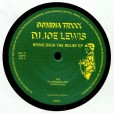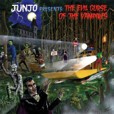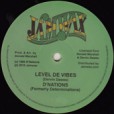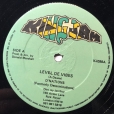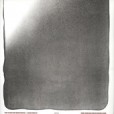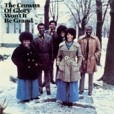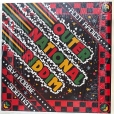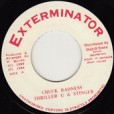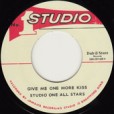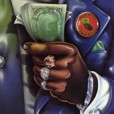Your basket is empty

The classic set of Scientist / Jammy / Roots Radics dubs, originally out on Starlight Records in 1982, now matched with its vocal counterparts, including previously unreleased cuts by Hell & Fire, Sister Nancy and Papa Tullo. The vinyl comes with a two-feet-square colour poster of Tony McDermott’s cover art.
The dubs of the original Scientist LP, plus the corresponding vocal sides by Johnny Osbourne, Hugh Mundell and Wayne Jarrett.
Ace, driving digi from 1989. Classic JA vocal-trio singing by Dervin Dawes and spars, with expert backing by the Firehouse Crew, full throttle at Music Works.
Still tears the place up.
The king of acid-fuzz guitar presents a barbed bouquet of classic psych covers — The Stooges, Hendrix, Pink Floyd, MC5, Jefferson Airplane and co — with killer, piercing fuzz-wah guitar and bizarre software-generated vocals. ‘One of the finest acid-punk shredders to ever walk the planet, Munehiro Narita gives these time-honored psych rock classics a serious kick in the ass, in the most bizarre and Japanese of musical settings’ (Steve Krakow, Galactic Zoo). ‘Munehiro Narita (High Rise et al) bleeds all over a series of massively re-wired cover versions of classic psych while computer generated little girl vocals relocate the whole damn thing in another future altogether’ (David Keenan).
Staggering, stone-classic roots, originally released on Family Man’s handsome imprint in 1972.
Bunny Wailer on percussion; Dirty Harry on fife. Awesome Tubbys dub.
Knockout.
‘Heady, raw, druggy songs of love, dread, hardship, and yearning, recorded in Athens between 1932 and 1936, when Markos was already a master of the bouzouki. His forceful, clean playing compliments his hoarse voice and his stunning rhythmic sensibility, the result of his years as a champion zebekiko dancer. Tracks build and spiral outward, his open-note drones and melodic lines drawing calls of ecstasy and encouragement from his fellow musicians. These recordings mark the height of rebetika, the brief period between the music’s emergence on the recording scene in the early 1930s and government censorship of all lyrics starting in 1936. During the Axis occupation there was no rebetika recording, and though Markos had some hits in the years after the war, he never again attained this level. These are the dizzying, entrancing, and heaviest works of one of the great artists of the 20th century.’

